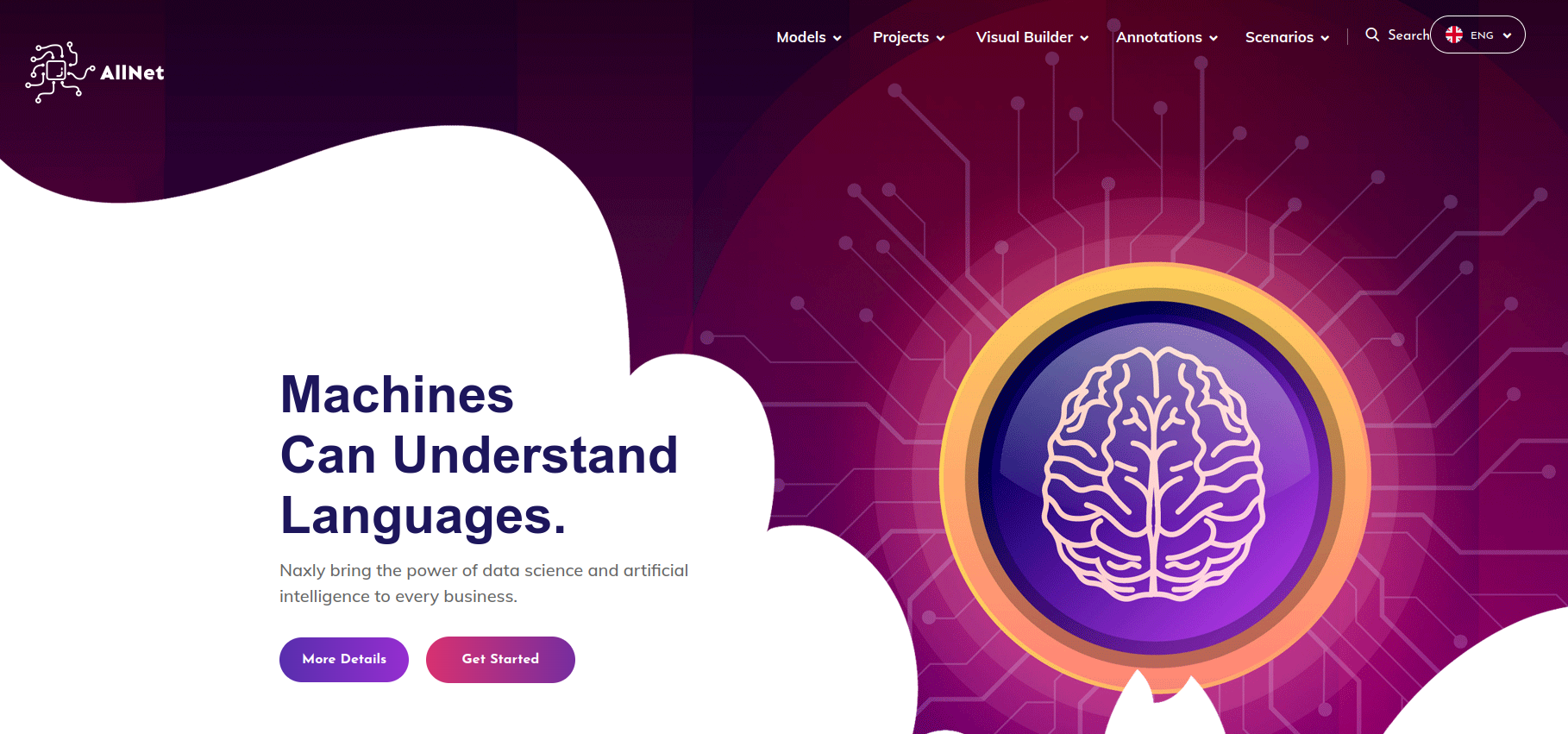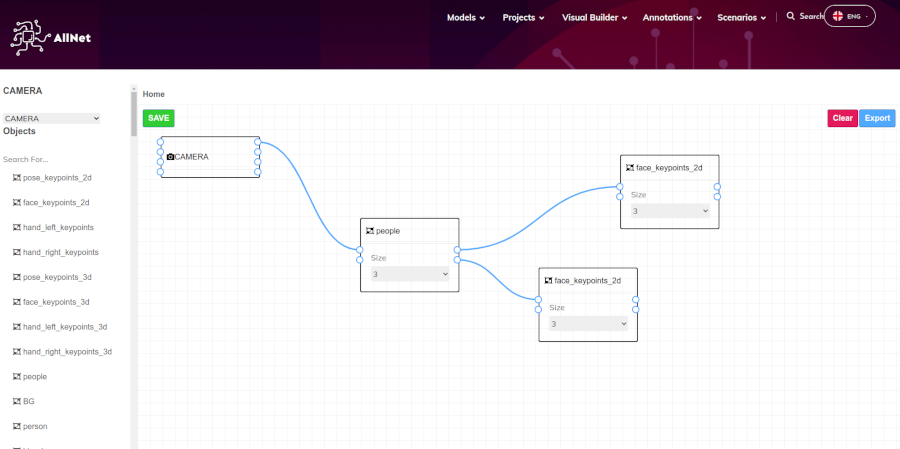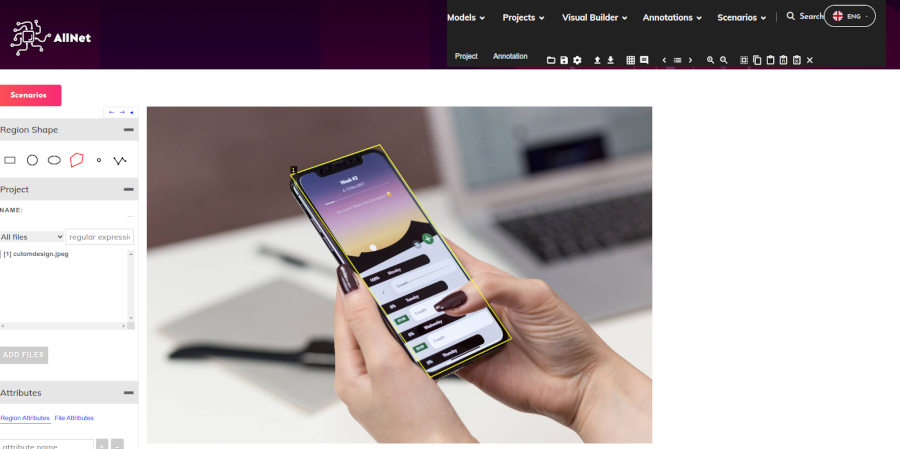
All-Net.app
The current rapidly increasing population, the number of companies and increasing vehicles and the activity analysis at the point of business / customer / citizen. problems are also increasing. As a matter of fact, these analyzes are dressed on models created with machine learning (ML) infrastructure on the basis of the solution. solutions are provided with scenarios. All of these types of applications do not have a software other than the software interpretation of the outputs of the created models. Although it does not operate, there is no service model other than professional users in this field. Our project addresses this gap. Creating your own scenarios with the logic of move and leave with the models that are already used in the market, including amateur users. while allowing professional users to optimize their own models and integrate custom code, aims to gather the work of professionals under a fixed framework and platform by increasing the business volume. In the current situation, functions such as analyzing, warning, learning and reporting all these activities, which are extremely important, are in separate infrastructures. and analyzes are provided with high-cost solutions. In particular, to strengthen the monopolies of industry-leading companies The fact that it provides services to users through APIs creates a serious desire to seek solutions in the sector in an open and target active audience. These solutions In some, it will cause loss of life safety and/or cost as a result of intelligent analysis with closed algorithms or misuse of artificial intelligence. solutions have been applied. Object detection with AllNet is done in the most efficient way, beyond hardware-based and costly system solutions; advanced new generation With its software and platform structure, the concepts of security, efficiency, savings, performance, advance warning and time saving will be strengthened and smart city will contribute to the development of technologies.
Client
3RGE / TUBITAK
Project
All-Net Fully Automated image processing platform.

Our Approach to
the project.
Agile
Agile project management is as the word implies: flexible. It’s also constantly changing. With the agile approach, there are less traditional timelines and projects work more fluidly. As updates or changes are made, decision-makers and managers receive feedback in real-time that allows them to begin making changes for their next roll-out of features or services.“Scrum” is a popular framework within the agile approach, while the lesser-known framework is “kanban.”
How we work & finish the project.
1. Analysis and Planning Once a customer or stakeholder has requested a project, the first step of the SDLC is planning. This usually means looking into: Alignment: How does this project connect to your company’s larger mission and goals? Resource availability and allocation: Do you have the people and tools you need to take this on? Project scheduling: How does this project fit within your company’s goals and other tasks? Cost estimation: How much is it going to cost
2. Requirements As you move on from the planning phase and continue to fill out the SOW, ask questions about the specifics around this project, such as: What problem does this solve? Who’s going to use it and why? What sort of data input/output is needed? Will you need to integrate with other tools or APIs? How will you handle security/privacy? Once your development team gets the answers to these questions, they can start to scope out technical requirements, testing terms, and decide on a technology stack.
3. Design and prototyping<br/> Depending on the software development process you’re following, this phase of the SDLC might mean you create simple wireframes to show how interactions will work in the software, or make more full-fledged prototypes using a tool like Marvel or InVision to test with users. 4. Software Development Whether you’re working in Agile sprints, building out an MVP, or using the more traditional waterfall method, the goal here is to stick to the SOW, avoid scope creep, and build clean, efficient software.
5. Testing Once the features are complete and the product is deemed ready to go, you’ll need to do another round of more in-depth testing. This could mean releasing the product to a small group of beta testers or using UX tools to track how users interact with it.
6. Deployment This step should be pretty much automated using a continuous deployment model or Application Release Automation (ARA) tool.
7. Maintenance and Updates Requirements and customer needs are always evolving. And as people begin to use your software, they’ll undoubtedly find bugs, request new features, and ask for more or different functionality.


